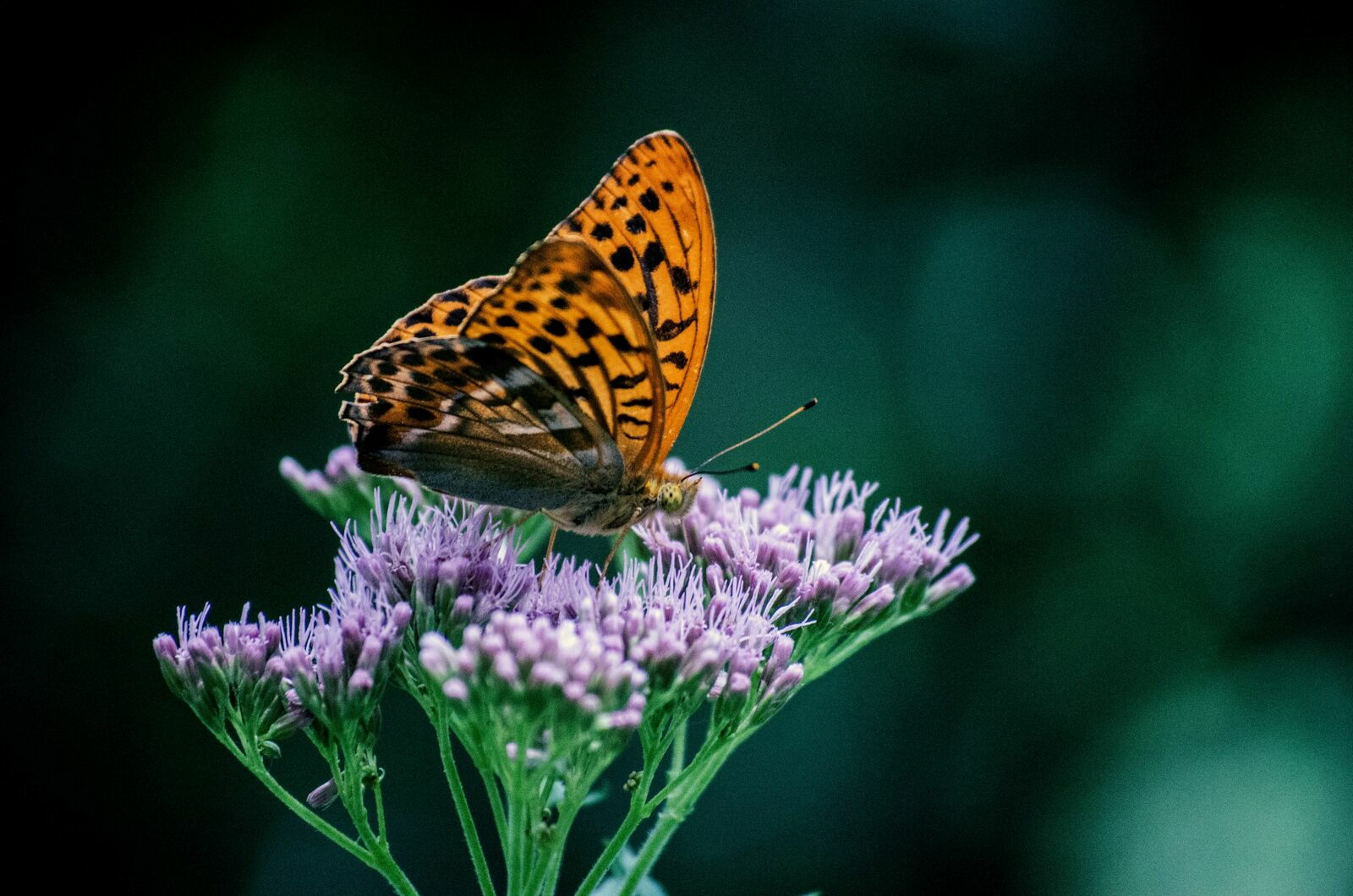
Gardening in May: Sowing & Planting
The gardening month of May marks the start of the gardening season, and from now on no gardener needs to hold back. The warm May soil can be planted in abundance and everything a gardener's heart desires can be sown. But what other gardening work does May bring?
This Article Contains:
Quick Overview
Gardening in May: An Overview
- Harvest your first crops: Pre-crops such as lettuce, radishes, turnips and spinach can now be harvested and rhubarb is also now in season
- What can I sow now?
- Early May: Winter vegetables such as Brussels sprouts or kale, onions, shallots, carrots, peas, sugar snap peas, chard, melilot, kohlrabi, broccoli, chicory and beet,...
- End of May: Late carrots, winter leeks, fennel,...
- Sowing and planting herbs and flowers:
- Sow annual herbs and flowers such as purslane, chervil, cress, sunflowers, nasturtiums, marigolds or rocket or sow green manures
- Plant perennials and herbs such as basil, strawberries, thyme, sage, mountain savory, lemon balm, tarragon,...
- Frost protection: Protect your plants from late frosts with garden fleece, sheep's wool, straw, a garden tunnel or cold frame
- Other gardening tasks: Building a tomato canopy, mulching, pricking out, mounding, making slurry if necessary
Gardening in May: First Harvest
If you sowed early under plastic sheeting or in a cold frame, you can already look forward to the first harvest: fresh lettuce, tender radishes and aromatic herbs are already growing diligently. Under favorable conditions, turnips and spinach can also be harvested. Rhubarb is now in peak season and you can use it to make delicious rhubarb pie and compote in May! You Can Find out How to Harvest and Process Rhubarb Correctly in This Article.

Sowing Seeds in May: You Can Sow These Vegetables
- At the beginning of May, it is high time to sow Brussels sprouts. Kale and other winter vegetables can also be sown in advance from May. If you don't want to sow these two members of the cabbage family yourself, you can buy young plants at the market or from a gardener. However, Brussels sprouts should be planted out by mid-June at the latest. Onion sets and shallots should also be planted now. Here You Can Find a PDF With the Times for Sowing, Planting and Harvesting Winter Vegetables.
- In general, you can now be more generous with your seed collection: Carrots, peas, sweet peas, chard, melilot, kohlrabi, broccoli, chicory and beet can also be sown directly into the open ground.
- For simple mixed crops, fill in the gaps with spinach, radishes and lettuce (e.g. lettuce, head lettuce or iceberg lettuce). Dark, reddish-brown lettuce varieties such as lollo rossa or red oak leaf lettuce are particularly heat-resistant and therefore ideal for the summer.
- In the first half of May, you can also start sowing heat-loving cucumbers and beans. By the time the seeds have germinated and the first cotyledons reach the surface of the soil, the Ice Saints are usually over. If you still have fire bean seeds at home, you can sow them without hesitation. They are very hardy and robust.
- Late carrots, winter leeks and bolt-resistant fennel can still be sown at the end of May.

Herbs and Flowers for Balcony and Garden
- If not already done, herbs for this year's mixed crops are sown at the beginning of May (e.g. dill for cucumbers, savory for beans). The herbs protect their vegetable companions from pests and support healthy growth. In our article on Mixed Crops With Herbs You Will Find Examples and Tips for Suitable Neighborhoods.
- In general, annual herbs can now be sown directly on the spot. Now is a particularly good time for warmth-loving species such as savory, marjoram and purslane. Dill, chervil, cress and rocket can be sown as required.
- It is also time to sow sunflowers, nasturtiums and marigolds . Sunflowers have a positive effect on cucumbers in a mixed culture, for example. Nasturtium works very well in combination with potatoes, tomatoes and runner beans. The aromatic herb keeps aphids, caterpillars, snails, ants and mice away.
- Nasturtiums and other climbing plants can now also be used to green fences. Fire beans with their colorful flowers are a very popular privacy screen that can even be used to grow vegetables. Apart from this, various vetches and bindweed are also suitable as climbing greenery in the garden, with bindweed being particularly well-known.
- If you also want to do the (pollinating) insects a favor, you can sow seed mixtures for a flower meadow now. Green manure can also be very attractive for bees and other beneficial insects: mustard, lupins and phacelia provide food for insects and are also very useful for us gardeners. Until the young greenery has sprouted properly, the freshly sown areas must be kept evenly moist.
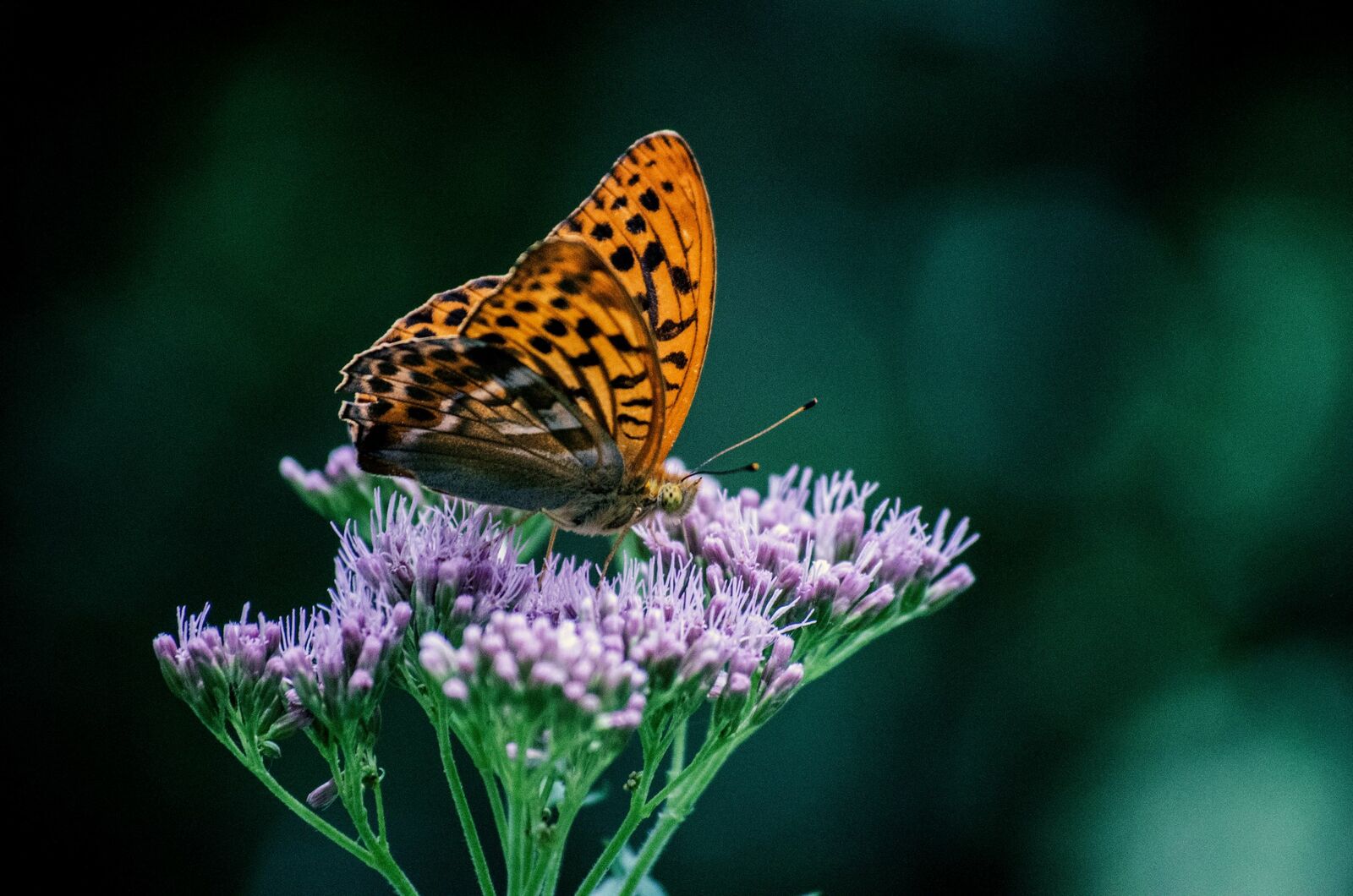
Planting Vegetables in May
- Most seedlings grow well in the warm, moist May soil. Lettuce, cabbage, kohlrabi, leeks and celery can be planted directly into the bed from the beginning of May.
- If you have grown cucumbers and beans in advance, you should only plant them outdoors after the Ice Saints. The warm May sun can be deceptive! It can get really cold again at night in May. To be on the safe side, tomatoes, peppers and zucchinis are never planted outdoors before May 15. Reserve a sunny, sheltered spot in the garden for them.
- Sweetcorn and artichokes also love the warmth and are happy in a sheltered spot.
- Melons and eggplants are best grown in a greenhouse or cold frame. In harsh regions, tomatoes and peppers should also be planted under the protection of a greenhouse and foil so that the southerners are always nice and warm.
- Late potatoes: In regions with a cold April, potatoes can only be planted at the beginning of May. It is often worth waiting, as the tubers can quickly rot if the soil is too wet and cold. Pre-sprouted potatoes can develop very quickly in warm weather and with sufficient moisture. They often even overtake early-planted potatoes, which have delayed their growth due to the colder temperatures.

Want to Plan Your Own Bed?
With our garden planner, you can easily plan a diverse mixed culture. Good and bad companion plants are directly displayed to you, and you receive tips on crop rotation!
Plan Bed Now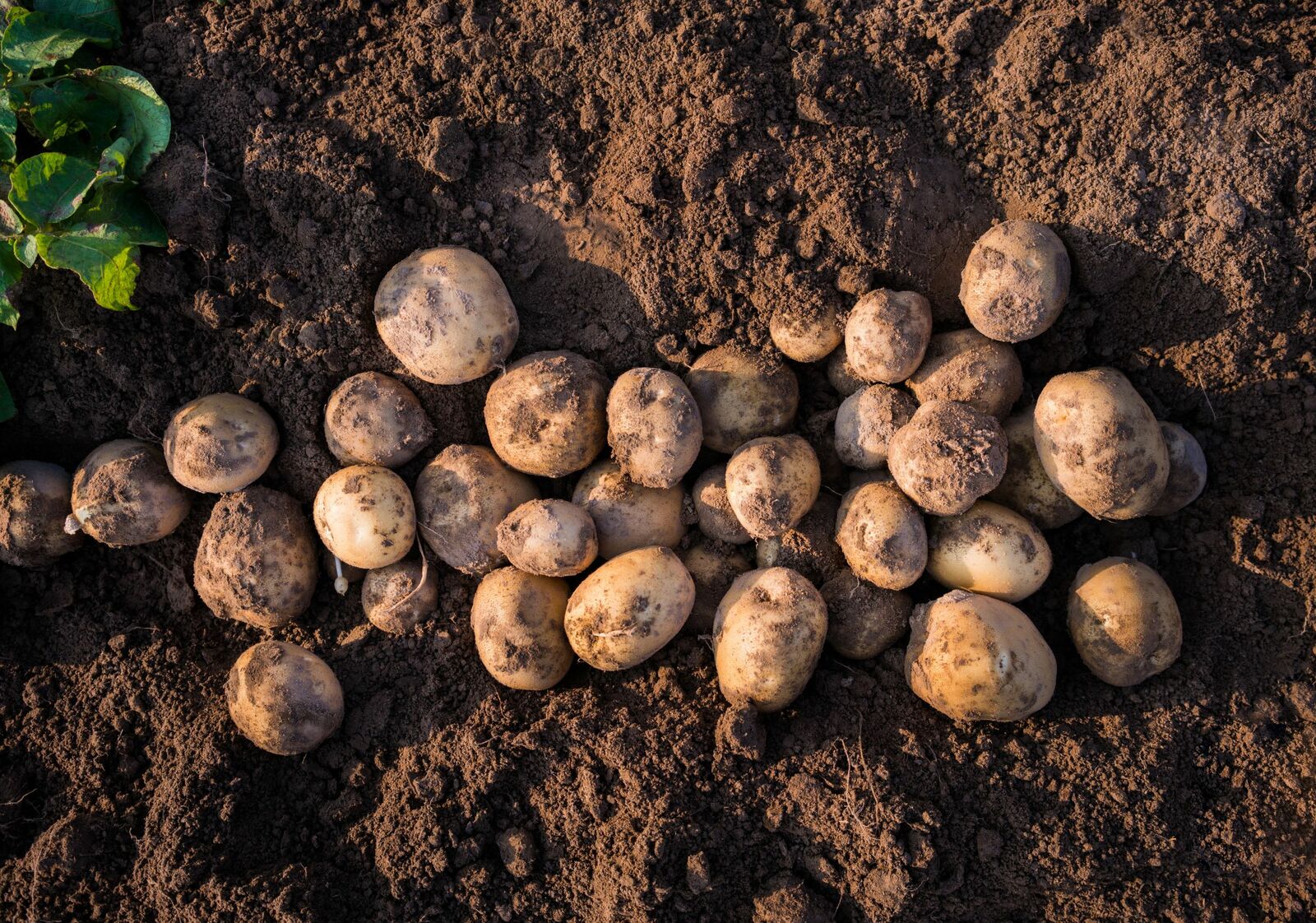
Planting Perennials and Herbs in May
- Some of the pre-grown basil can also be planted out in May. However, it is not advisable to plant out all of it. In unpleasant summers, this heat-loving herb prefers to grow in a pot on a sheltered windowsill.
- Overwintered shrubs such as laurel can be put back out into the fresh air.
- Planting and caring for strawberries: Month strawberries and strawberries that bear more than once can still be planted out at the beginning of May. An older strawberry bed should be mulched with straw to keep the ripe fruit clean and dry later on. The straw also deters slugs and snails due to its rigid structure. Richly flowering strawberry plants can now be labeled as "mother plants". In summer, the "children" can then be separated and planted in a new bed.
- If you want to enrich your garden with pre-grown perennial herbs from the nursery: thyme, sage, mountain savory, lemon balm, mint and tarragon can be planted now to add fresh spice to the garden. You can Create a Herb Spiral to give as many herbs with different needs as possible a place to grow. The snail-like structure provides optimal conditions for a wide variety of herbs in a small space. It is also a paradise for insects.

Frost Protection and Other Gardening Work
- Tomatoes must not be grown outdoors, as direct rain makes them susceptible to late blight. So if you don't want to plant them in a greenhouse, now is the time to build a tomato canopy.
- It's not just the vegetable plants and herbs that really get going in warm and humid weather, the weeds also sprout eagerly. You should definitely keep at it now and always keep freshly planted beds free! This prevents your young vegetable plants from becoming overgrown and allows them to develop freely. Mulching your beds now will save you frequent watering and weeding later. Mulch is very versatile and can work wonders in the garden.
- If rows of beet and carrots have grown too close together, pluck out a few plants and prick them out so that there is no lack of space later.
- Early potatoes and peas can be hilled for the first time when they are about a hand's height.
- May is also the ideal time to cut fresh nettle greens and make slurry from them. You can find Step-By-Step Instructions for Making Your Own Nettle Slurry here.
Frost Protection for Fruit and Vegetables: Risk of Late Frost in May
May is the month of the frost saints, which, according to a country saying, bring the last frosts of the year. So from mid-May, you can plant and sow anything your heart desires.
There are many vegetable plants that don't mind the late frosts, including carrots, peas, spinach and radishes. However, it depends a little on how cold it gets. If the temperature difference is large, it may be worth covering these crops to avoid frost damage. However, there are also many vegetable plants that are not frost-resistant and should therefore only be planted out after the Ice Saints. However, if you already have crops in the bed that need frost protection, you can simply use fleece and/or straw as insulation. Alternatively, a garden tunnel or cold frame will protect against cold temperatures. Sheep's wool also has an insulating effect and can help protect against frost.
With fruit, it can be a little more complicated to protect your harvest. Valerian extract is said to help keep the flowers warm. Alternatively, many gardeners make a fire inside under the trees (be careful!).
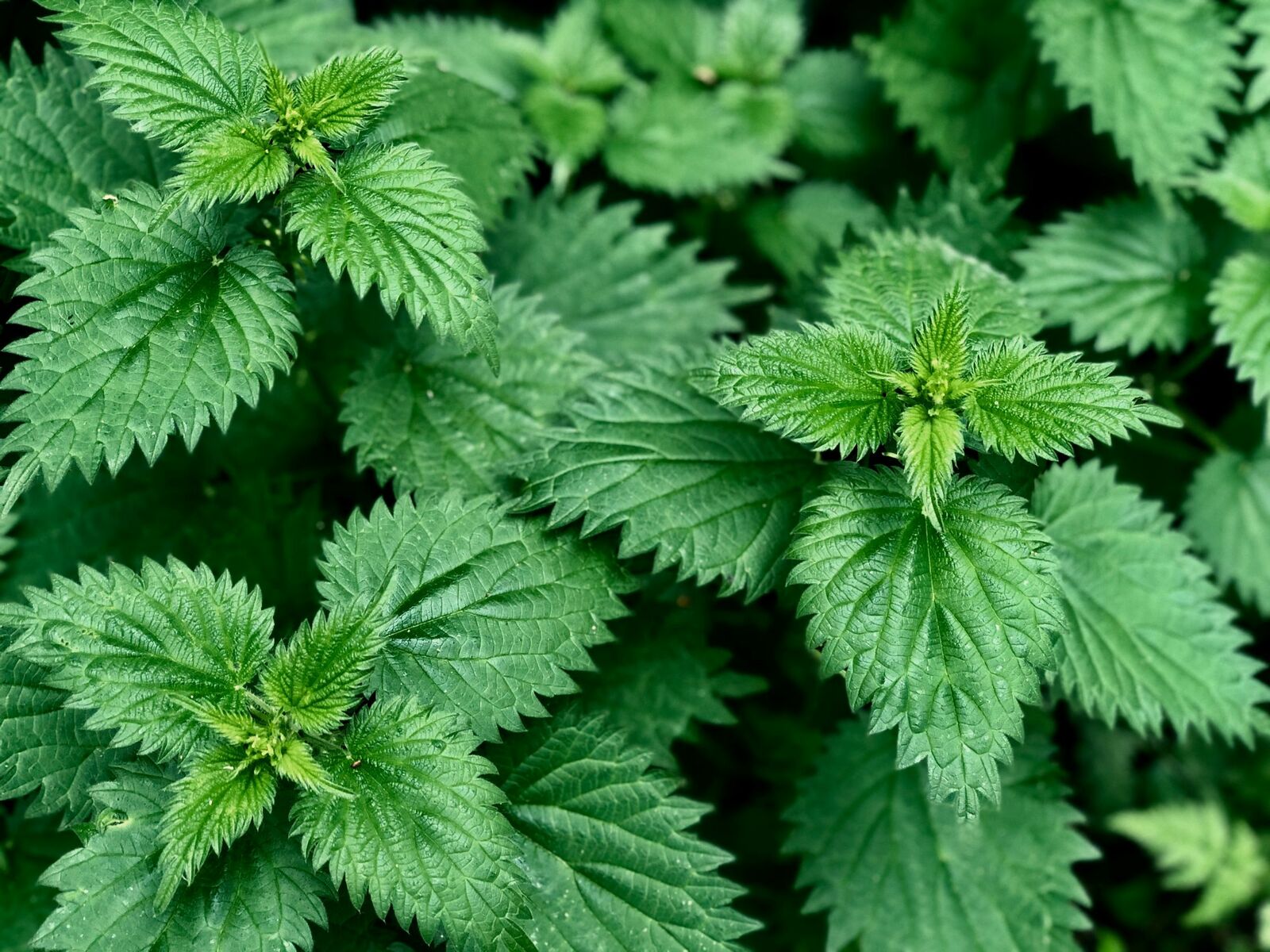
May is peak gardening season, so we hobby gardeners never get bored. Although there is a lot to do at the moment, the fun should never be lost! After the winter break, it's simply good to spend a lot of time in the garden again and watch the colorful vegetable patches grow.
Have we forgotten anything else? What are your classic gardening tasks in May? Send us an email to [email protected]. Would you like to receive helpful gardening tips all year round and plan your own beds optimally? Then register here or download the Fryd app for Android or iOS.
Fryd - Your digital bed planner

Annabell
Annabell is studying agricultural biology at the University of Hohenheim. She also enjoys gardening in her private life, spends a lot of time in nature and loves to be creative.
Learn MoreCurrent Topics in the Community

Liked 2 times
Have a relaxing and happy festive season! Looking forward to the upcoming gardening season here in the community 😊⭐️🎄✨
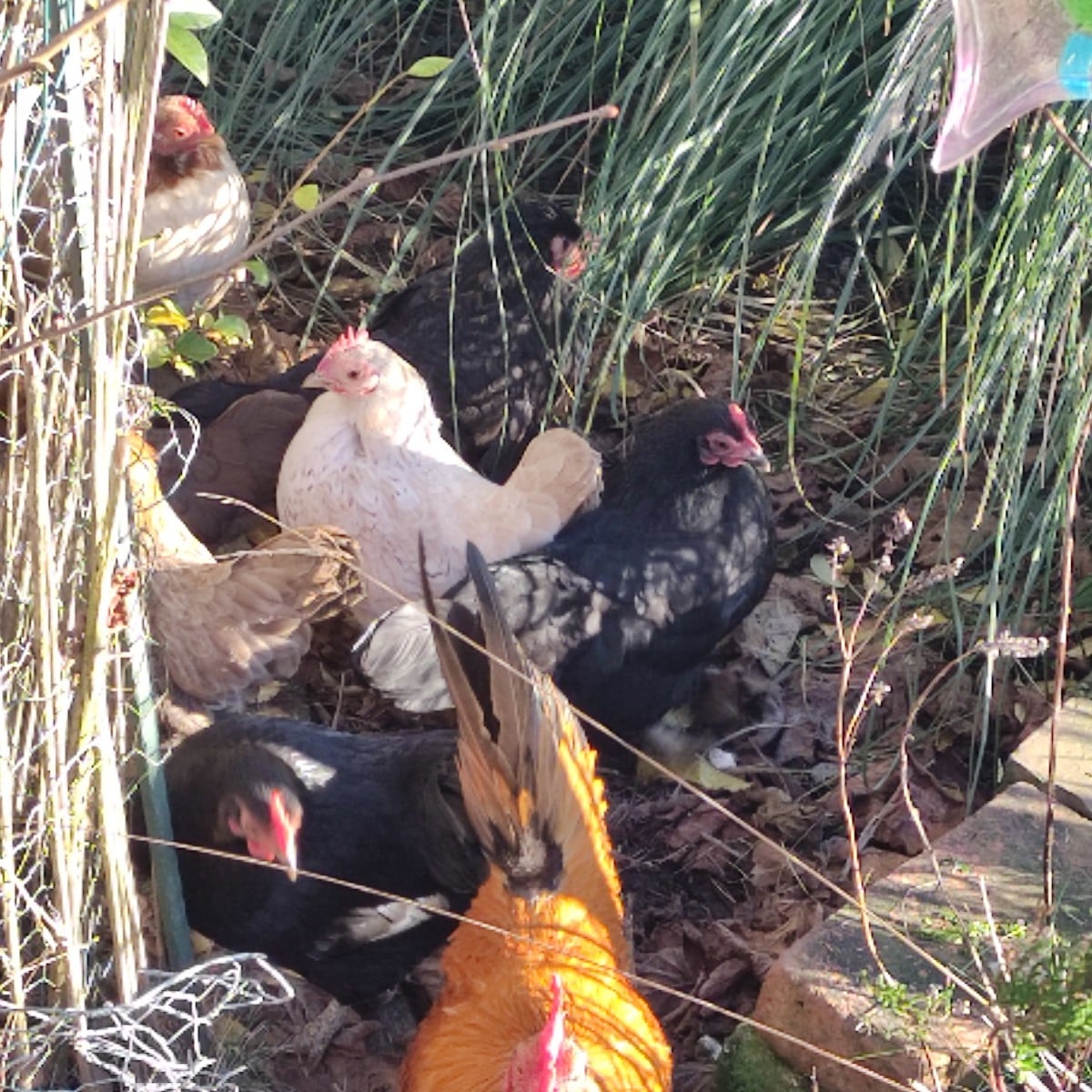
Liked 2 times
The chickens are not happy about the cold weather.
Show 1 answer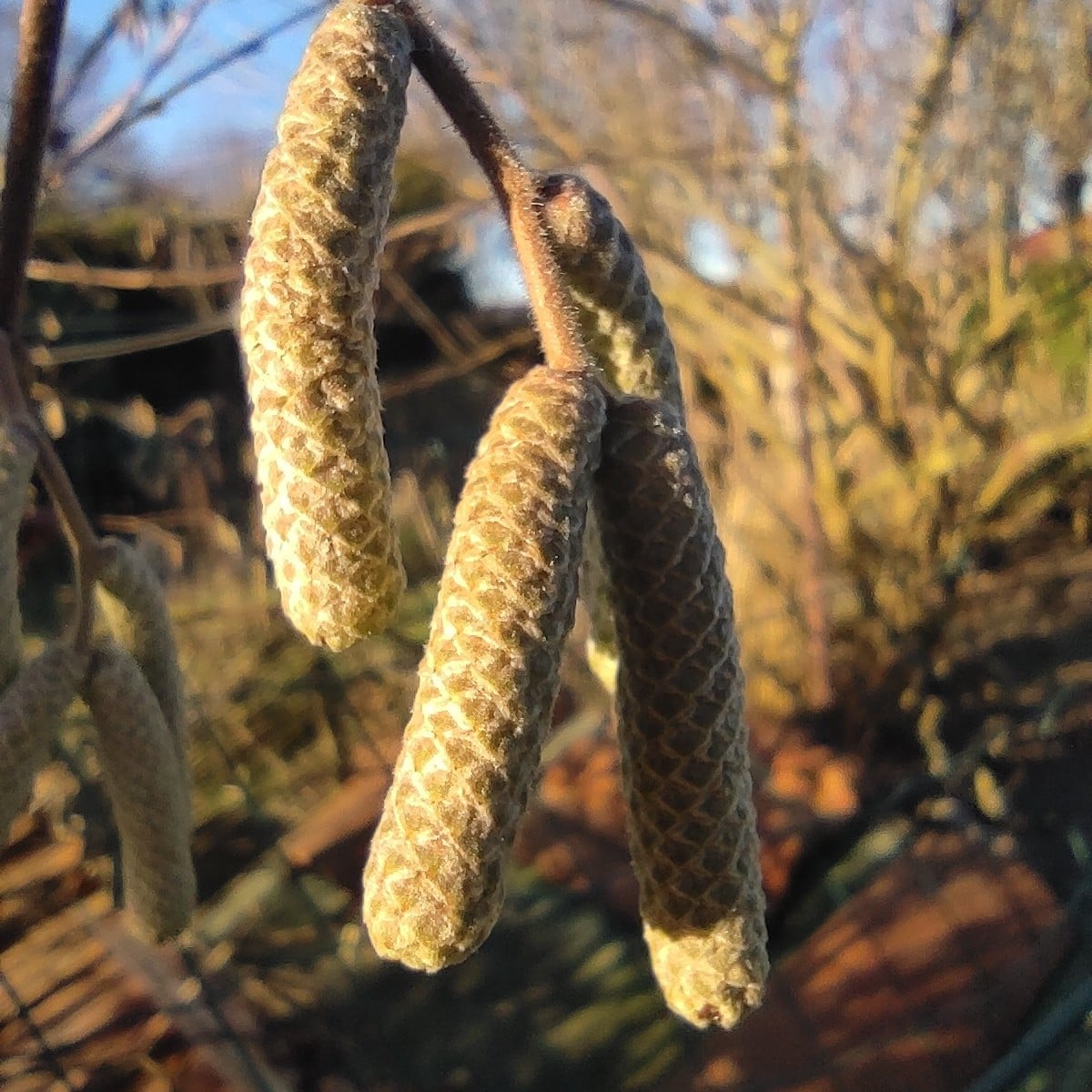
Liked 1 times
Without words
Show 1 answerPopular Articles

Overwintering Parsley: How to Do It Successfully

How to Grow Lettuce in Winter: Varieties, Sowing, Harvesting

Growing Sage Plant: Tips for Sowing and Harvesting

What Herbs Can Be Planted Together?

Create & Design a Permaculture Garden

Overwintering Plants: Tubs, Pots and Raised Beds

Pruning, Fertilizing & Propagating Currants: Care Tips

Pruning Raspberries: How to Do It

Vegetable Garden With Greenhouse: How to Use Greenhouse Effect

Winterizing Beds and the Garden: How to Do It
FAQ
May is the time to sow Brussels sprouts, kale, carrots, peas, snow peas, chard, kohlrabi, broccoli, chicory, beet, late carrots, winter leeks and waxy fennel. You can also sow beans directly.
Can I plant herbs and flowers in May?
Yes, herbs for mixed crops and annual herbs can be sown at the beginning of May. It is also time to sow sunflowers, nasturtiums and marigolds.
Which plants should only be planted outdoors after the Ice Saints?
Cucumbers, beans, tomatoes, peppers and zucchinis should only be planted outdoors after the Frost Saints. These plants are not frost-hardy and would probably die.
How do I protect my plants from late frosts?
Plants can be protected with fleece, straw or a garden tunnel. Valerian extract can be helpful for fruit trees.